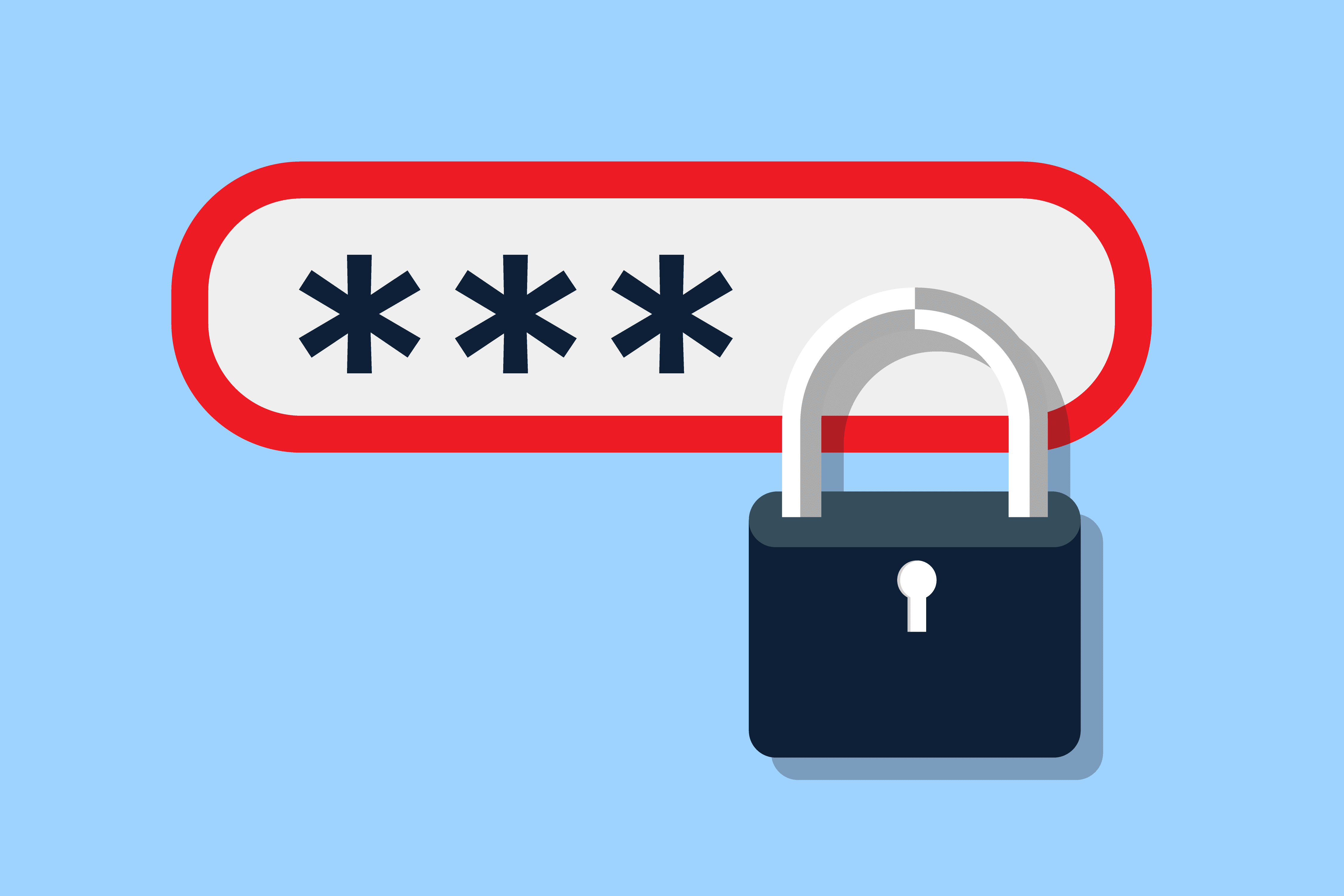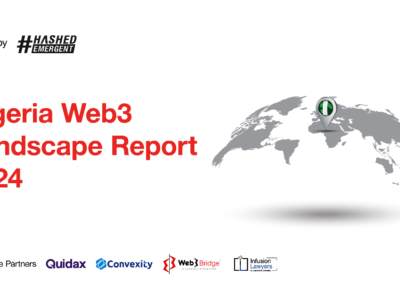“123456” was the world’s most popular password in 2023. Passwords used for streaming services are the weakest, study reveals
“123456” is the most common password in 2023, as revealed by the fifth annual NordPass study.
RELATED: Protecting your password: Create an unbreakable one
In addition to the most common passwords in 35 different countries, this year the study explored what passwords people use for different services, and whether they vary or not.
Passwords of 2023 — the usual suspects and trends
Amongst the 20 most common passwords listed below are both the same-old worst offenders and some newcomers. The full list with global passwords, separate lists for 35 countries, and 8 platform types are available here: https://nordpass.com/most-common-passwords-list/.
1. 123456
2. admin
3. 12345678
4. 123456789
5. 1234
6. 12345
7. password
8. 123
9. Aa123456
10. 1234567890
11. UNKNOWN
12. 1234567
13. 123123
14. 111111
15. Password
16. 12345678910
17. 000000
18. admin123
19. ********
20. user
While passwords in every country vary greatly, there are some clear global trends.
- The study concludes that people use the weakest passwords for their streaming accounts. In contrast, the strongest passwords are used for financial accounts.
- This year, internet users loved passwords associated with online games or fiction. For example, “Aladdin66 ” is ranked among the top 20 in Taiwan, just like “Supermario12” in Austria. The password “gtasanadreas123” was also popular in Mexico.
- Words referencing a geographical location also end up in people’s passwords. Internet users often go for country or city names, such as “Schweiz15” and “barcelona.”
- Almost a third (31%) of the world’s* most popular passwords consist of purely numerical sequences, such as this year’s global winner – “123456.”
- Instead of improving password creation habits, internet users have gone in another direction by sticking to already pre-configured passwords. Invisible last year, the word “admin” made its grand entry to this year’s global list and ensured itself the second position.
- As many as 70% of the passwords in this year’s global list can be cracked in less than a second.
*Data presented in this study does not represent absolute password usage worldwide. Researchers analyzed a sample of passwords extracted from publicly available sources, including those on the dark web.
Streaming accounts are protected with the weakest passwords
The study also revealed what kind of passwords people use for different platforms and whether they vary in strength.
The weakest passwords are used to secure streaming accounts. According to Tomas Smalakys, chief technology officer (CTO) at NordPass, this could be associated with people jointly managing shared accounts and using easy-to-remember passwords for convenience.
Unsurprisingly, people pay more attention to accounts they associate directly with money. Therefore, they use the strongest passwords for their financial services.
Hackers target passwords saved on browsers
To find out about passwords internet users employ for different platforms, researchers analyzed a 6.6 TB database of passwords, exposed by various stealer malware, which experts consider a huge threat to people’s cybersecurity.
Malware attacks are particularly dangerous because malware logs contain a vast amount of information about the victim. For example, malware can steal information saved in your browsers, such as passwords and other credentials, source website cookies, autofill data. In addition to that, it can also steal files from its victim’s computer, as well as system details such as OS version or IP address.
“The scariest part is that victims might not even realize that their computer is infected. Bad actors tend to hide malware in well-crafted phishing emails, imitating a legitimate organization, such as your bank or your company,” says Smalakys.
The future of passwords
Throughout the five years of NordPass conducting this research, “123456” was the top password four times. According to Smalakys, this is a clear sign that change in authentication is essential.
Passkeys are a new form of authentication. The essence of this technology is that the user doesn’t need to come up with a password — everything is done automatically. When joining a website that supports passkeys, the user’s device generates a pair of related keys — public and private. The private key is saved on the device itself and the public key is stored on the website’s server. Without each other, they are useless. If the user is successfully identified by their biometrics, the passkeys are matched and the user successfully signs in.
“This technology will help eliminate lousy passwords, thus making users more secure. However, as with every innovation, passwordless authentication will not be adopted overnight. Being amongst the first password managers to offer this technology, we can see that users are more and more curious to test it out. However, there’s still a lot of work to be done and password security still remains a matter of today,” says Smalakys.
Tips for secure credentials’ management
While passkeys are still making their way to the mainstream, password and cybersecurity hygiene remains of utmost importance.
- Create long and complex passwords. “123456 just doesn’t cut it anymore,” says Smalakys. Easy-to-guess passwords essentially equal unlocked house doors, which is why he advises using 20 character-long random passwords containing uppercase and lowercase letters, symbols, and numbers.
- Avoid storing your secrets on your browser and adopt a password manager. With stealer malware attacks targeting credentials on browsers, third-party password management software are considered a more secure choice for credential storage.
- Start adopting passkeys. An increasing number of websites are now offering the option to access accounts with passkeys instead of passwords. While passkeys won’t completely replace passwords just yet, they are definitely the future of authentication.
- Stay vigilant. In order to protect yourself from stealer malware, pay close attention to anything that you download onto your computer. Malware is often distributed via phishing emails — so learn how to recognize them.
Research methodology: The list of passwords was compiled in partnership with independent researchers specializing in research of cybersecurity incidents. They evaluated a 4.3TB database extracted from various publicly available sources, including those on the dark web. No personal data was acquired or purchased by NordPass to conduct this study.
Researchers classified the data into various verticals, which allowed them to perform a statistical analysis based on countries. NordPass exclusively received only statistical information from the researchers, which gives no reference to internet users’ personal data.
Additionally, third-party researchers analyzed another 6.6 TB database of passwords. They were stolen by various stealer malware, such as Redline, Vidar, Taurus, Raccoon, Azorult, and Cryptbot. Malware logs include not only passwords, but also the source website. Researchers categorized the most popular passwords per platform type and shared statistically aggregated findings with NordPass.

































